- Follow Us
Publications
High-profile publications featuring CDI Labs products and services
274 Total Publications
Refine Your Search
Publication Details
- Date
- Link
- + Abstract
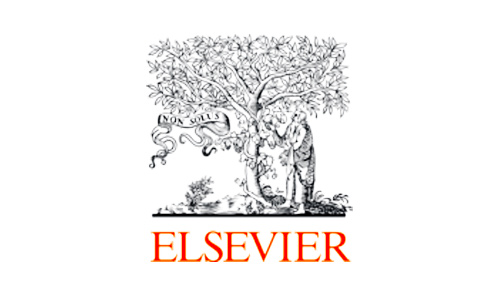
Elsevier: Bioorganic Chemistry
- Main Product: HuProt
- Biological impact and therapeutic potential of a novel camptothecin derivative (FLQY2) in pancreatic cancer through inactivation of the PDK1/AKT/mTOR pathway
- Wenchao Wang, Haonan Xiong, Lei Li, Xialin Hu, Wenya Zhuang, Jiangtao Li, Xuanrong Sun, Yanlei Yu, Yuanquan Yu, Yinghao...
- College of Pharmaceutical Sciences, Key Laboratory of Marine Fishery Resources Exploitment
Camptothecin (CPT), a pentacyclic alkaloid with antitumor properties, is derived from the Camptotheca acuminata. Topotecan and irinotecan (CPT derivatives) were first approved by the Food and Drug Administration for cancer treatment over 25 years ago and remain key anticancer drugs today. However, their use is often limited by clinical toxicity. Despite extensive development efforts, many of these derivatives have not succeeded clinically, particularly in their effectiveness against pancreatic cancer which remains modest.
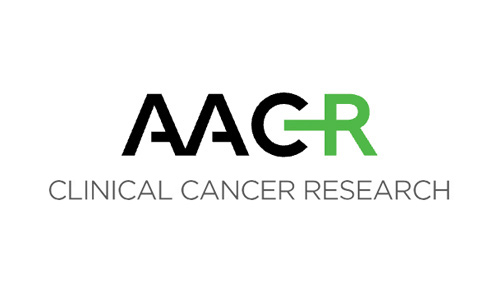
AACR: Cancer Research
- Main Product: HuProt
- Analysis of Antibody Response to SV-BR-1-GM Therapeutic Vaccine in Breast Cancer Patients Using Human Protein Microarrays: Potential Correlations with Therapy Response
- Miguel Lopez-Lago, Mingjin Chang, Giuseppe Del Priore, Vikas Bhardwaj, Patience Cournoo, Pedro Ramos, Tyler Hulett,...
- BriaCell Therapeutics
Therapeutic cancer vaccines aim to stimulate the immune system by utilizing tumor antigens to trigger an antitumor response. In our clinical trials, we have focused on evaluating the efficacy of the breast cancer cell line secreting GM-CSF, SV-BR-1-GM as a therapeutic vaccine, and we have observed encouraging clinical outcomes. The SV-BR-1-GM regimen has been used alone (“monotherapy”, ClinicalTrials.gov NCT03066947 – study completed) and in combination with checkpoint inhibitors (“combination”, ClinicalTrials.gov NCT03328026 – study ongoing).
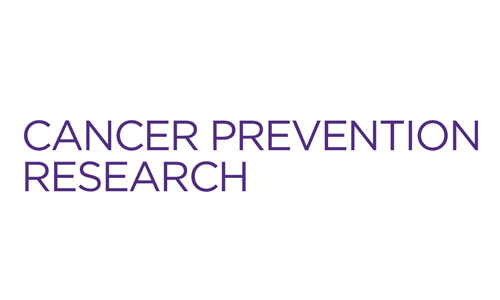
AACR: Cancer Prevention Research
- Main Product: HuProt
- Combination of an Autoantibody Panel and Alpha-Fetoprotein for Early Detection of Hepatitis B Virus-Associated Hepatocellular Carcinoma
- Yajing Shen, Jiajun Chen, Jinyu Wu, Tiandong Li, Chuncheng Yi, Keyan Wang, Peng Wang, Changqing Sun, Hua Ye
- College of Public Health, Zhengzhou University
The purpose of this study was to identify biomarkers associated with hepatitis B virus-associated hepatocellular carcinoma (HBV-HCC) and to develop a new combination with good diagnostic performance. This study was divided into four phases: discovery, verification, validation, and modeling. A total of four candidate tumor-associated autoantibodies (TAAb; anti-ZIC2, anti-PCNA, anti-CDC37L1, and anti-DUSP6) were identified by human proteome microarray (52 samples) and bioinformatics analysis. Subsequently, these candidate TAAbs were further confirmed by indirect ELISA with two testing cohorts (120 samples for verification and 663 samples for validation).
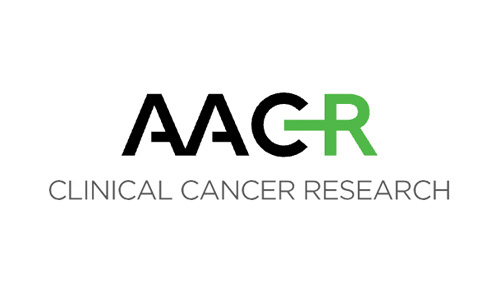
AACR: Cancer Research
- Main Product: HuProt
- Analysis of Antibody Response to SV-BR-1-GM Therapeutic Vaccine in Breast Cancer Patients Using Human Protein Microarrays: Potential Correlations with Therapy Response
- Miguel Lopez-Lago, Mingjin Chang, Giuseppe Del Priore, Vikas Bhardwaj, Patience Cournoo, Pedro Ramos, Tyler Hulett,...
- BriaCell Therapeutics
Therapeutic cancer vaccines aim to stimulate the immune system by utilizing tumor antigens to trigger an antitumor response. In our clinical trials, we have focused on evaluating the efficacy of the breast cancer cell line secreting GM-CSF, SV-BR-1-GM as a therapeutic vaccine, and we have observed encouraging clinical outcomes. The SV-BR-1-GM regimen has been used alone (“monotherapy”, ClinicalTrials.gov NCT03066947 – study completed) and in combination with checkpoint inhibitors (“combination”, ClinicalTrials.gov NCT03328026 – study ongoing). To further improve the therapeutic efficacy of this vaccine we have initiated a study to characterize patient’s immune response to this treatment.
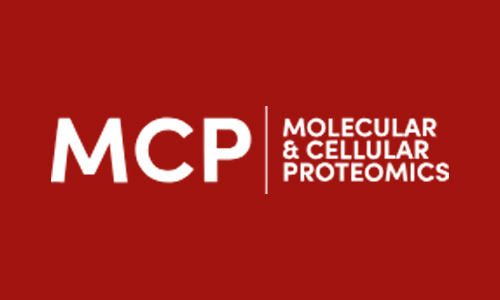
Molecular & Cellular Proteomics
- Main Product: HuProt
- High-Throughput Antigen Microarray Identifies Longitudinal Prognostic Autoantibody for Chemoimmunotherapy in Advanced Non-Small Cell Lung Cancer
- Liyuan Dai, Qiaoyun Tan, Lin Li, Ning Lou, Cuiling Zheng, Jianliang Yang, Liling Huang, Shasha Wang, Rongrong Luo,...
- Dept of Clinical Laboratory, Chinese Academy of Medical Sciences & Peking Union Medical College
Chemoimmunotherapy has evolved as a standard treatment for advanced non-small cell lung cancer (aNSCLC). However, inevitable drug resistance has limited its efficacy, highlighting the urgent need for biomarkers of chemoimmunotherapy. A three-phase strategy to discover, verify, and validate longitudinal predictive autoantibodies (AAbs) for aNSCLC before and after chemoimmunotherapy was employed. A total of 528 plasma samples from 267 aNSCLC patients before and after anti-PD1 immunotherapy were collected, plus 30 independent formalin-fixed paraffin-embedded samples.

Nature Medicine
- Main Product: HuScan
- An autoantibody signature predictive for multiple sclerosis
- Colin R. Zamecnik, Michael R. Wilson, et al.
- Dept of Neurology, UCSF Weill Institute for Neurosciences, UCSF
Although B cells are implicated in multiple sclerosis (MS) pathophysiology, a predictive or diagnostic autoantibody remains elusive. In this study, the Department of Defense Serum Repository (DoDSR), a cohort of over 10 million individuals, was used to generate whole-proteome autoantibody profiles of hundreds of patients with MS (PwMS) years before and subsequently after MS onset. This analysis defines a unique cluster in approximately 10% of PwMS who share an autoantibody signature against a common motif that has similarity with many human pathogens.
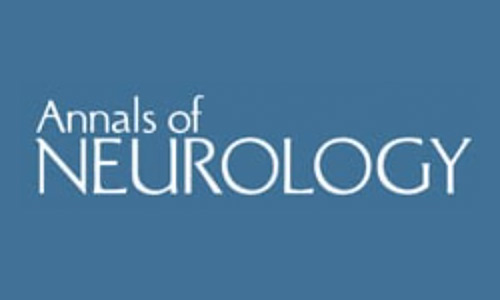
Annals of Neurology
- Main Product: HuProt
- Paraneoplastic Calmodulin Kinase-Like Vesicle-Associated Protein (CAMKV) Autoimmune Encephalitis
- Michael Gilligan MB, BCh, Connie E. Lesnick MS, Yong Guo MD, PhD, Michael J. Bradshaw MD, Shafeeq S. Ladha MD, Mihaela...
- Dept of Laboratory Medicine and Pathology, Mayo Clinic
To report an autoimmune paraneoplastic encephalitis characterized by immunoglobulin G (IgG) antibody targeting synaptic protein calmodulin kinase-like vesicle-associated (CAMKV).

Dove Press
- Main Product: HuProt
- Clinical Significance of Uncommon, Non-Clinical, and Novel Autoantibodies
- Shurin MR , Wheeler SE
- Division of Clinical Immunopathology, Dept of Pathology, University of Pittsburgh Medical Center
Autoantibodies are a common mark of autoimmune reaction and their identification in the patients’ serum, cerebrospinal fluid, or tissues is generally believed to represent diagnostic or prognostic biomarkers of autoimmune diseases or autoinflammatory conditions. Traditionally, autoantibody testing is an important part of the clinical examination of suspected patients, and in the absence of reliable T cell tests, characterization of autoantibody responses might be suitable in finding causes of specific autoimmune responses, their strength, and sometimes commencement of autoimmune disease.
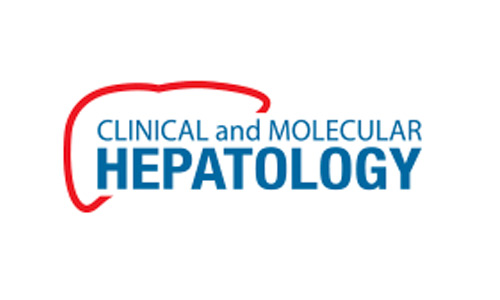
Clinical and Molecular Hepatology
- Main Product: HuProt
- Ursolic acid targets secreted phosphoprotein 1 to regulate Th17 cells against metabolic dysfunction-associated steatotic liver disease
- Yiyuan Zheng, Lina Zhao, Zhekun Xiong, Chaoyuan Huang, Qiuhong Yong, Dan Fang, Yugang Fu, Simin Gu, Chong Chen, Jiacheng...
- Dept of Gastroenterology, Shanghai University of Traditional Chinese Medicine
Metabolic dysfunction-associated steatotic liver disease (MASLD) has become an increasingly important health challenge, with a substantial rise linked to changing lifestyles and global obesity. Ursolic acid, a natural pentacyclic triterpenoid, has been explored for its potential therapeutic effects. Given its multifunctional bioactive properties, this research further revealed the pharmacological mechanisms of ursolic acid on MASLD.
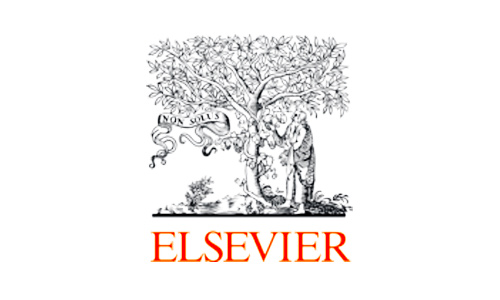
Elsevier: Carbohydrate Polymers
- Main Product: HuProt
- Improving impact of heparan sulfate on the endothelial glycocalyx abnormalities in atherosclerosis as revealed by glycan-protein interactome
- Qingqing Chen, Xiaohui Xu, Shaoshuai Xie, Anran Sheng, Naihan Han, Zhenyu Tian, Xiaowei Wang, Fuchuan Li, Robert J....
- National Glycoengineering Research Center, Shandong University
Endothelial dysfunction induced by oxidative stress is an early predictor of atherosclerosis, which can cause various cardiovascular diseases. The glycocalyx layer on the endothelial cell surface acts as a barrier to maintain endothelial biological function, and it can be impaired by oxidative stress. However, the mechanism of glycocalyx damage during the development of atherosclerosis remains largely unclear. Herein, we established a novel strategy to address these issues from the glycomic perspective that has long been neglected. Using countercharged fluorescence protein staining and quantitative mass spectrometry, we found that heparan sulfate, a major component of the glycocalyx, was structurally altered by oxidative stress.